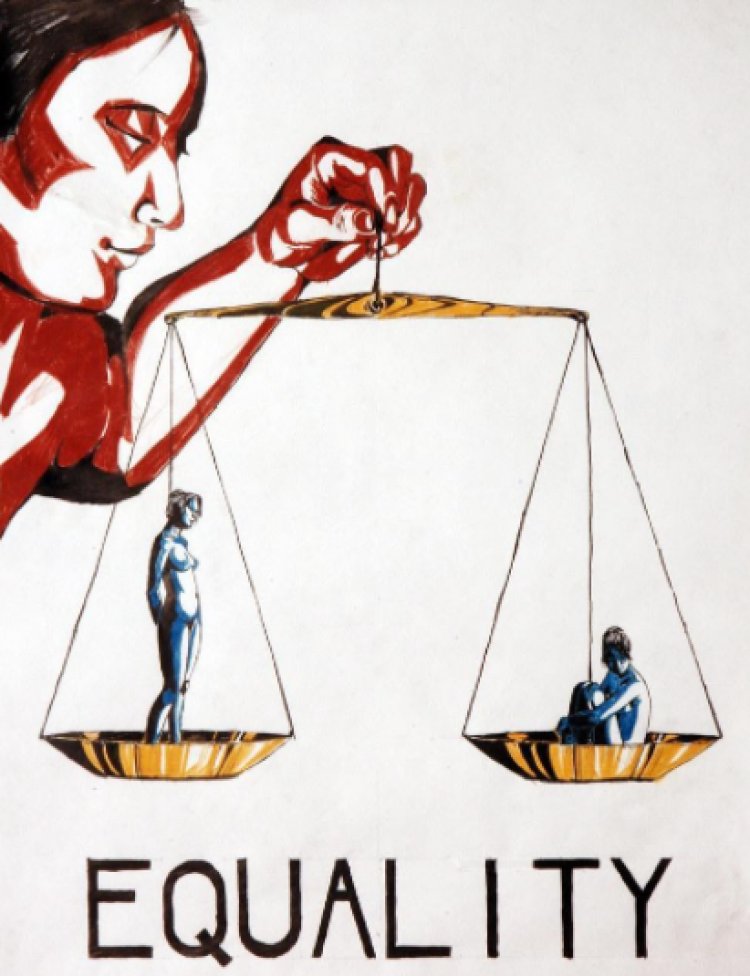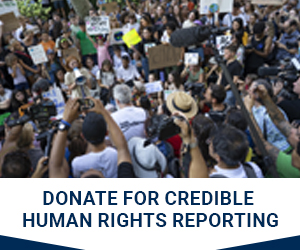Convention on the Elimination of All Forms of Discrimination Against Women (CEDAW)

Author: Alicia Haripershad
GHRD Intern – International Justice and Human Rights Team
LLM Candidate International Law and Global Governance (Tilburg University)
Adopted by: United Nations General Assembly (by resolution A/RES/34/180)
When: 18 December 1979
Into Force: 3 September 1998
Status: Legally binding on states who have ratified (187 as at 29 January 2020)
“Aware that a change in the traditional role of men as well as the role of women in society and in the family is needed to achieve full equality between men and women”
What are some of the enshrined rights?
- Article 5: states should change social and cultural patterns that reinforce stereotyping of women and traditional gender roles
- Article 6: eliminating trafficking and exploitation of prostitution of women
- Article 7: women’s right to vote, stand for election and involvement in formulating government policy
- Article 10: equal access to education
- Article 11: equal employment opportunities
- Article 12: free and accessible health services
- Article 16: equal rights in terms of birth, adoption and raising of children
"The Future is Female" by Atelier Teee is licensed under CC BY-NC-ND 2.0
What is the significance of the CEDAW?
CEDAW is considered to be the most influential international treaty in providing substance and guidance on how to understand steps towards addressing discrimination against women. Focusing on how to address inequality and to promote the rights of women, CEDAW is on paper a step in the right direction.
CEDAW is progressive for a number of reasons, one of them being its acknowledgement of culture in contributing to gender discrimination. In terms of reproductive rights, CEDAW entitles women to reproductive self-determination, an issue that is quite contested when considering issues around legal abortion and access to contraception.
CEDAW does not provide a set of rules on how states should apply the rights contained. Rather, it is up to each state to develop laws and policies that align with the principles and standards established by CEDAW. This is a similar approach to other internationally binding treaties, allowing states to implement changes that will hopefully be more sustainable and suitable to the local contexts.
Further, the convention arguably shifted the conversation and has mainstreamed the importance of addressing inequality and discrimination against women. Its impact has been felt in several states and has arguably contributed to several states addressing discrimination against women in certain laws. For example, access to land in Rwanda being available to everyone regardless of sex.
What role does the Committee play?
CEDAW calls for the establishment of the Committee on the Elimination of Discrimination against Women (Committee) in order to ensure that the treaty provisions are implemented by countries who sign on. The Committee meets annually and reviews reports submitted by state parties which detail how the rights in CEDAW are being addressed at the national level. Non-governmental organisations are also allowed to submit ‘shadow reports’. These reports can supplement the information that has been provided by the state and allows the committee to gain a fuller picture. The Committee’s process intends to be constructive and engaging with states, allowing states an opportunity to respond to any issues identified in the submitted reports. The Committee then provides recommendations and observations.
What about the Optional Protocol to the CEDAW?
This introduces the option of allowing individuals to complain directly to the Committee of any violations of rights under CEDAW. This is only available if the state in question has signed on to the Optional Protocol and, in this case the committee works as a ‘quasi-judicial’ body.
Allowing individual complaints can increase accountability of states, particularly when an individual believes that not enough is being done to address a specific right. For example, article 16 of CEDAW includes the right to reproductive freedom in deciding the spacing of one’s children and self-determination. In the event that a woman, citizen from a state party to both CEDAW and the Optional Protocol, found that her reproductive freedom was negatively impacted by the government, then she would be entitled to lodge a complaint with the Committee. The downside is that the Committee can solely issue ‘views’ on human rights violations and not legally binding and enforceable decisions. Nonetheless, these views are generally taken serious by the international community.
Where can I find a copy of the CEDAW to read?
A copy can be accessed from the following link: https://www.ohchr.org/EN/ProfessionalInterest/Pages/CEDAW.aspx
"“UN Women for Peace” March Marking International Women’s Day" by United Nations Photo is licensed under CC BY-NC-ND 2.0

































